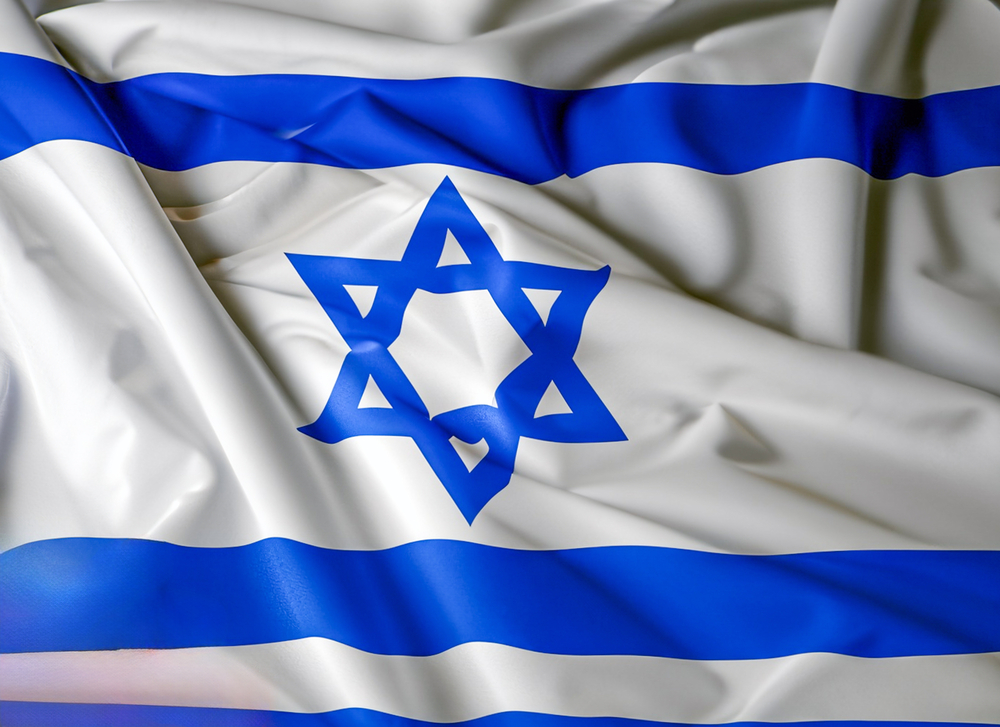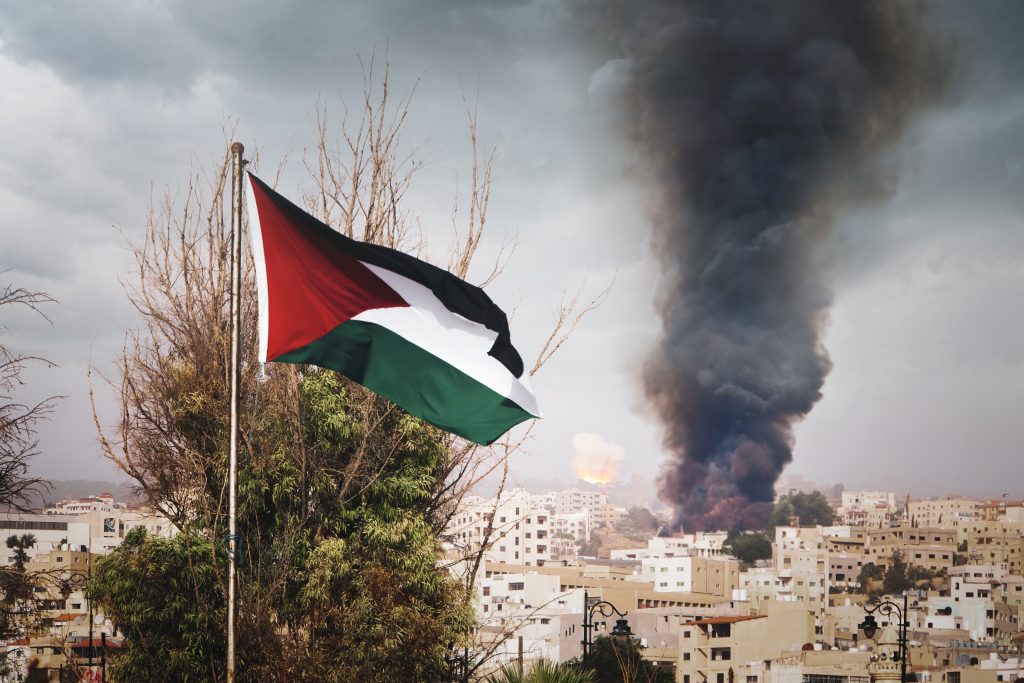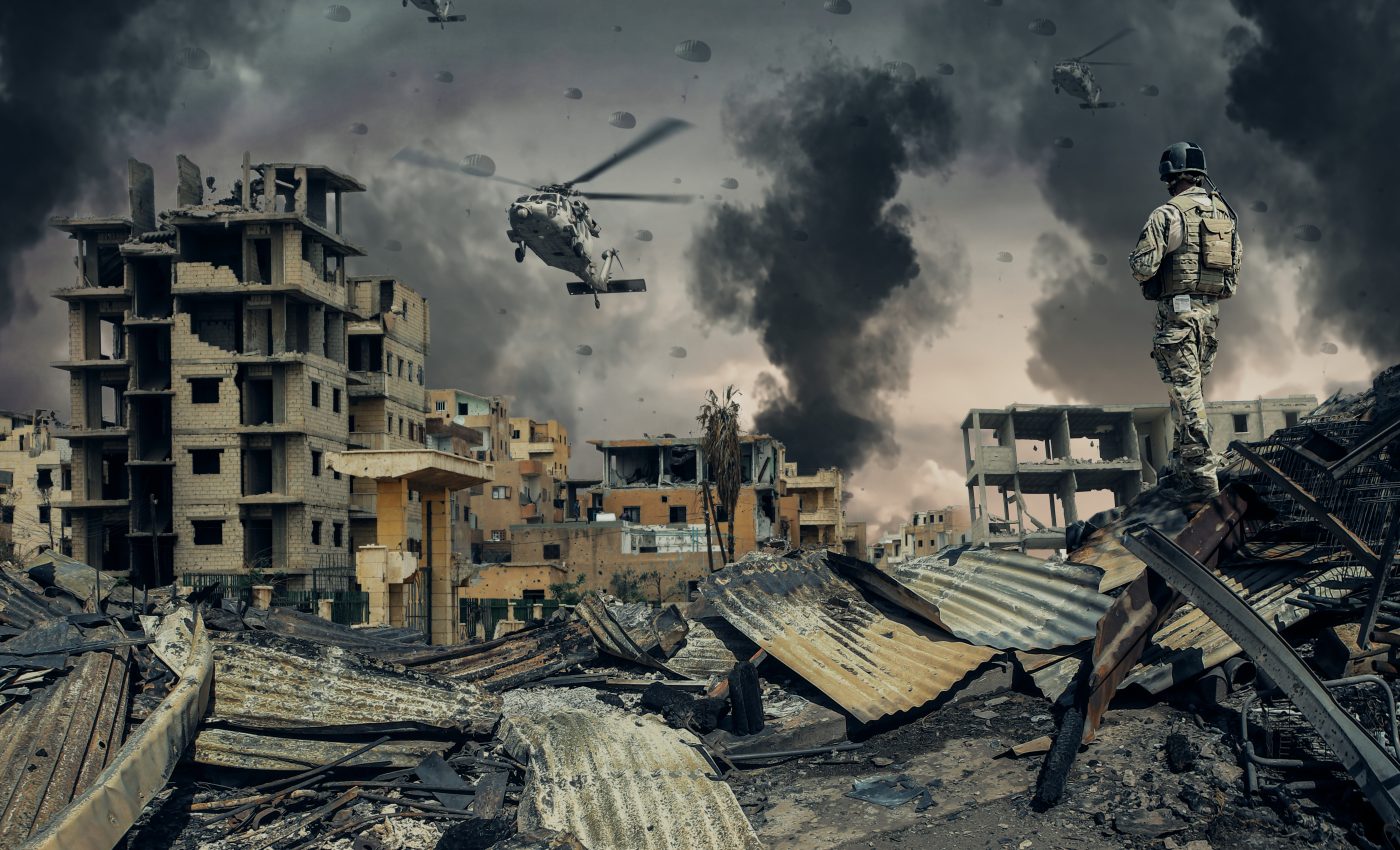Introduction
Sometimes we have to write on topics that are super complicated. The Israeli War on Hamas is one of those times. It’s a challenge because the two sides in the conflict both have their grievances, and a lot of spin and misinformation gets put out there to confuse the overall the picture of what’s going on. Hamas, antisemitism, the point of view from both the Israel side and the Hamas / Palestine side—it all gets mixed up in a blender so that it’s difficult to know what’s what. So how do you filter through all the noise and still produce a worthwhile essay? Not to worry: this tutorial will help you write an essay on the specific issue of the Israel / Palestine Conflict—so let’s get started!
Potential Topics
- Historical Context of the Israel-Hamas Conflict
- Antisemitism in the Context of the Israeli-Palestinian Conflict
- The Political and Social Impact of the Conflict on Israeli and Palestinian Societies
- International Perspectives and Responses to the Israeli War on Hamas
Alternate Titles
- Examining the Israeli-Hamas Conflict: A Dual Perspective
- The Israeli War on Hamas: Causes, Consequences, and Controversies
- Social Media, Atrocity Propaganda, and the Israel-Palestinian Conflict
- Is the Israeli War on Hamas Justified?
Outline
- Introduction
- Thesis Statement
- Historical Background of the Conflict
- The Rise of Antisemitism in Relation to the Conflict
- Israeli Perspective on the Conflict
- Hamas/Palestinian Perspective on the Conflict
- International Reactions and Implications
- Conclusion
View 120,000+ High Quality Essay Examples
Learn-by-example to improve your academic writing
Example Essay
Abstract
This essay goes into the controversies, causes, and consequences of the Israeli War on Hamas. In doing so, it examines the historical roots of the conflict, the issue of antisemitism, the differing perspectives of Israel and Hamas, and the implications of the war. The goal of this essay is to provide a balanced view of the conflict so that the reader can make up his own mind about it.
Main Title
The Israeli War on Hamas: What Happened, Why, and What’s Next
Essay Introduction
The best way to begin this essay is by providing some context. Who are the two states? What is the fight about? How long has it been going on? What is the latest development in this ongoing war? The answers to these questions help set the scene. For example, your essay’s introductory paragraph might look like this:
“The Israeli War on Hamas is a conflict rooted in the historical and political problems of the Middle East. At the heart of this conflict are the State of Israel and Hamas, an Islamic political-militant (some say terrorist) group that has been the de facto governing authority of the Gaza Strip since 2007. Israel was established in 1948 following the end of the British Mandate for Palestine. Hamas, formed in 1987, is often seen as a representative of Palestinian resistance against Israeli occupation of Palestinian land (Perry, 2023). However, many countries have designated Hamas as a terrorist organization by many countries. The crux of this conflict revolves around territorial disputes, national identity, and mutual recognition (Nelson, 2019). The current war is an extension of the larger Israeli-Palestinian conflict, which has been ongoing ever since Israeli statehood. The current Israeli War on Hamas, thought, focuses on issues such as control over the Gaza Strip, security concerns for Israel, and the struggle for Palestinian statehood and self-determination. The latest flare-up is a result of a Hamas attack on Israel in which thousands were killed and injured; Israel has responded by leveling buildings and infrastructure in Gaza through a bombing campaign that some have described as genocide against the Palestinian people.”

Thesis Statement
This is where you state plainly the point of your essay. A good thesis statement tells what you will do and how you will do it. For example:
“This essay explores the Israeli War on Hamas by analyzing its historical roots, the role of antisemitism, and the differing perspectives of Israel and Palestine / Hamas, so as to better understand the two sides of this conflict.”
Body of Paper
This is where you can discuss the main points of your thesis. Each paragraph should tackle one of the points. This way, in a standard five paragraph essay, you can hit everything you said you would hit in your thesis and then wrap it up with a concluding paragraph. You can always add more paragraphs, too, if needed. It’s also a good idea to divide your essay into sections using headings and sub-headings when appropriate. For example:
“This essay explores the Israeli War on Hamas by analyzing its historical roots, the role of antisemitism, and the differing perspectives of Israel and Palestine / Hamas, so as to better understand the two sides of this conflict.”
Historical Background of the Conflict
“The Israeli War on Hamas of 2023 cannot be fully understood without going into the historical context of the greater Israeli-Palestinian conflict (Ben-Meir, 2023). The roots of this conflict go back to the early 20th century, and they are as much psychological as they are historical, social, religious, cultural and political (Ben-Meir, 2023). Suffice to say, however, that when the decline of the Ottoman Empire and the subsequent British Mandate of Palestine occurred, the Jewish people, particularly those associated with the Zionist Movement, began to arrive in Palestine to establish a Jewish state, which was one of the goals of the Zionist Movement (Urofsky, 2020). The official establishment of the State of Israel did not formally occur until after World War II, in 1948. It came about mainly out of international sympathy for the Jewish people in the wake of WWII, following the United Nations partition plan, which was a plan to try to divide Palestine fairly between the Palestinian people who lived there already and the Jewish people who were coming there to settle. The plan was not much of a success in terms of keeping the peace, as it basically led to the first Arab-Israeli war. The ensuing wars and territorial changes, particularly the 1967 Six-Day War, further complicated the matter, with Israeli control over the Gaza Strip and West Bank becoming a point of major contention between the two peoples (Urofsky, 2020).
“Hamas emerged in 1987, during the First Intifada, as an offshoot of the Muslim Brotherhood. It branded itself as a resistance movement against what some Palestinians saw as Israeli occupation of Palestinian land (Perry, 2023). The organization called for the establishment of an Islamic state (as Palestine is not officially recognized as a state). Since then, Hamas’s rocket attacks and suicide bombings against Israeli targets and Israel’s military operations and blockades against Gaza have just continued (Perry, 2023).
The Role of Antisemitism in Relation to the Conflict
“One result of this conflict is the rise of antisemitism as some critics of the conflict lay the blame on the Jewish people (Nelson, 2019). In fact, the conflict is sometimes used as a pretext for antisemitic rhetoric and acts, especially on social media. Critics of Israel conflate the actions of the Israeli government with Jewish people worldwide, when the fact is that not all Jews support the actions of the Israel government. Well-known author and journalist Max Blumenthal, for instance, is just one example—but there are many (Schoeps, 2019).
Differing Points of View
“Both sides in this war have their own points of view. To better understand this conflict, it is helpful to know what the perspectives are.
Israeli Perspective on the Conflict
“From the Israeli perspective, the conflict with Hamas is mainly seen as a security issue (Salameh & Ishakat, 2022). Israelis tend to view Hamas as a terrorist organization that has committed itself to their destruction. For that reason, the Israeli government argues that its military actions, blockades, and bombings are necessary to protect its citizens from rocket attacks and other forms of aggression from Hamas.
Hamas Perspective on the Conflict
“Hamas views its conflict with Israel as a struggle against occupation and for the establishment of an Islamic state. Hamas has governed the Gaza Strip since 2007 and its tactics, such as the use of civilian areas for military purposes, have made it difficult for Israel to counter-attack without risking widespread condemnation from third party observers like the UN. Overall, within Gaza and among certain segments of the Palestinian population, Hamas garners support for its stance against Israel by way of its social services and its education/propaganda efforts (Salameh & Ishakat, 2022).
Palestinian Perspective on the Conflict
“The Palestinian perspective on the conflict generally centers on the themes of national identity, self-determination, and resistance to Israeli occupation. Many Palestinians view the conflict as a struggle for their rights and for an independent Palestinian state. However, many would also like a peaceful resolution—just as many Israelis would also like. The Palestinian Authority, which governs parts of the West Bank, and which is seen as a more moderate entity compared to Hamas, has in fact engaged in peace negotiations with Israel (Perry, 2023). Nonetheless, the Palestinian population, both in the occupied territories and in the diaspora, often expresses frustration with the ongoing occupation and the expansion of Israeli settlements.

Implications
“Many countries and international organizations have condemned Hamas’s rocket attacks and recognized Israel’s right to defend itself, but there has also been significant criticism of Israel’s military actions and blockade of Gaza, often viewed as disproportionate and a cause of humanitarian distress (Ben-Meir, 2023). The United Nations and various human rights organizations have called for both sides to respect international law and protect civilians. Efforts to mediate and find a lasting solution have been ongoing for decades but have yet to yield an adequate peace agreement.”
Essay Conclusion
The essay should conclude with a paragraph that sums up the main points. It can also leave the reader with something to think about—a take-home thought or question. For example:
“The Israeli War on Hamas is part of a broader Israeli-Palestinian conflict involving a range of perspectives and historical grievances. Understanding this conflict is no simple matter. Hamas views its actions as part of a resistance against occupation. Some Israelis feel that the assault on Gaza is justified. Other Israelis and Palestinians want a peaceful resolution and a two-state solution. The international community tries to play a role in mediating the conflict—but peace seems always to be just beyond reach in this ongoing war.”
Works Cited / Bibliography
Ben‐Meir, A. (2023). Psychological impediments are at the core of the Israeli–Palestinian conflict. Politics & Policy, 51(3), 488-503.
Nelson, C. (2019). Israel denial: Anti-Zionism, anti-semitism, & the faculty campaign against the Jewish state. Indiana University Press.
Perry, G. E. (2023). Israel and Palestine. In Government and Politics of the Contemporary Middle East (pp. 255-344). Routledge.
Salameh, M. T. B., & Ishakat, A. (2022). Understanding Israel’s Foreign Policy from the Perspective of Identity and Security. Insight Turkey, 24(2), 181-202.
Schoeps, J. H. (2019). Contemporary Philosophical and Ethical Fights over Jews, Judaism, and the State of Israel. An End to Antisemitism!, 235.
Urofsky, M. I. (2020). American Zionism from Herzl to the Holocaust. Plunkett Lake Press/University of Nebraska Press.
Conclusion
In this tutorial, we have shown how you can tackle something as complicated as the Israeli War on Hamas and turn it into a coherent essay that shows both sides of the conflict. It’s easy when you examine fairly the historical background and link it up with factors that have set the stage for what’s going on today. The important thing is to write without bias when trying to present two sides fairly. Stay focused, and your essay will be a winner just like the example we’ve given above!





